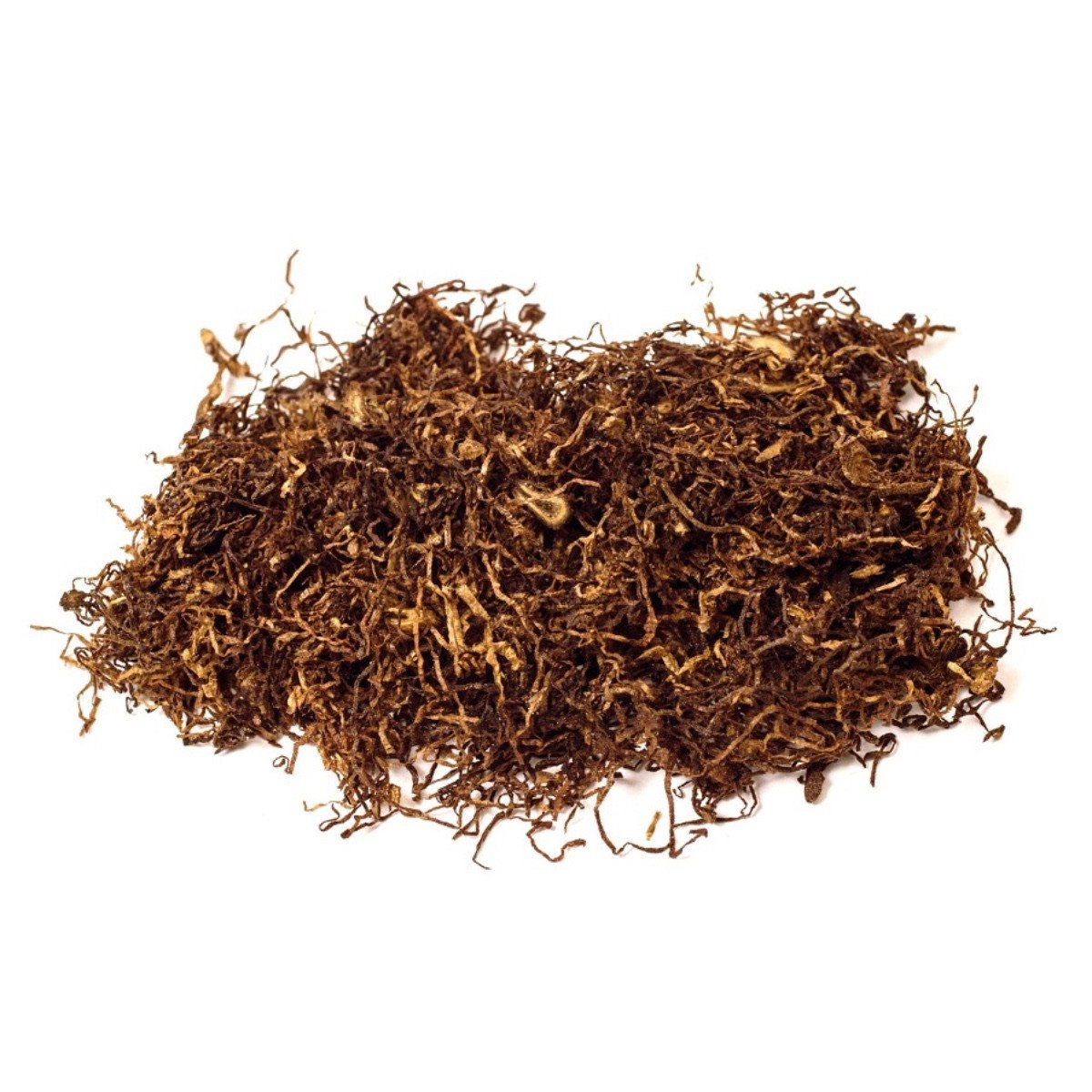Tobacco

Tobacco
Nicotiana
Plant family
Solanums (Solanaceae)
Season Overview
Propagating
Planting
Harvest
J
F
M
A
M
J
J
A
S
O
N
D
Details
Light requirement
Sunny
Water requirement
Moist
Soil
Medium (loamy)
Nutrient requirement
High
Light germinator
Plant distance
50 cm
Row spacing
70 cm
Seeding depth
0Not specified
Instructions
Description
The tobacco plant (Nicotiana tabacum) is part of the Solanaceae family. It is known for its high content of nicotine, which is used as the main active ingredient in tobacco products. It originated in South America, but is now grown and cultivated in many parts of the world. The tobacco plant is a perennial, herbaceous plant that can grow between 1-3 m/1.1-3.3 yd tall. The large, elongated, lance-shaped leaves are alternate on the stem. The funnel-shaped flowers are white to pink or red. The many small seeds are contained in a capsule fruit.
Origin:
South America
Growing tips
Tobacco plants need a well-drained, nutrient-rich soil and plenty of sunlight. Protected location is also very important, because the leaves are quite sensitive and tear quickly. Seeds are sown in seed trays in March and later planted outdoors after the last frosts. The tobacco leaves are usually harvested in late summer or early fall, when the leaves have reached their maximum size and developed a high nicotine content. After harvesting, the tobacco leaves are hung to dry or dried in special drying facilities. They are then fermented to break down unwanted aromas and develop flavor. After fermentation, the leaves are sorted and further processed for the production of tobacco products such as cigarettes, cigars, snuff and chewing tobacco.
Companion Plants
No companion plants
Antagonistic Plants
Diseases
No diseases
Pests
Larvae
Wireworms